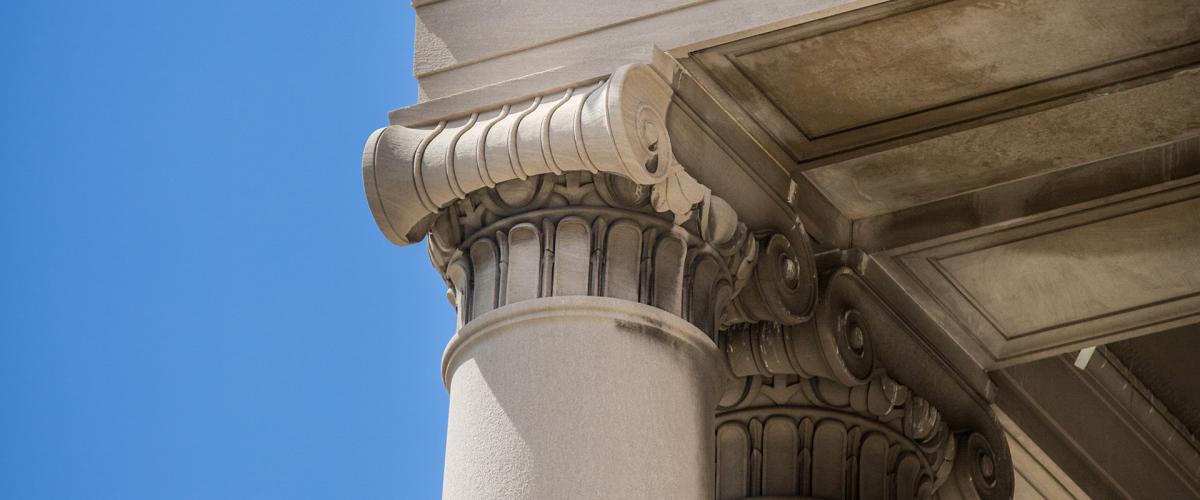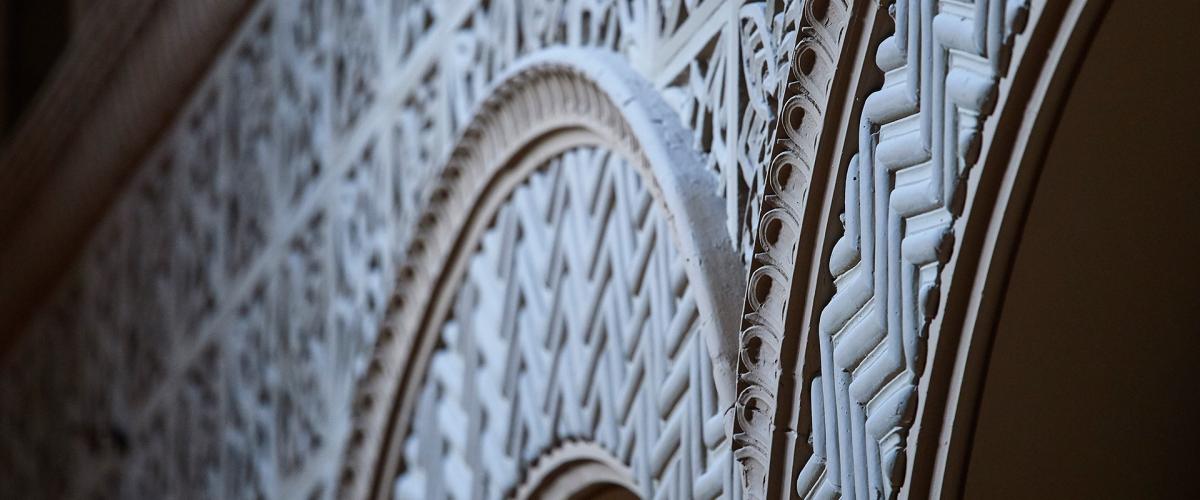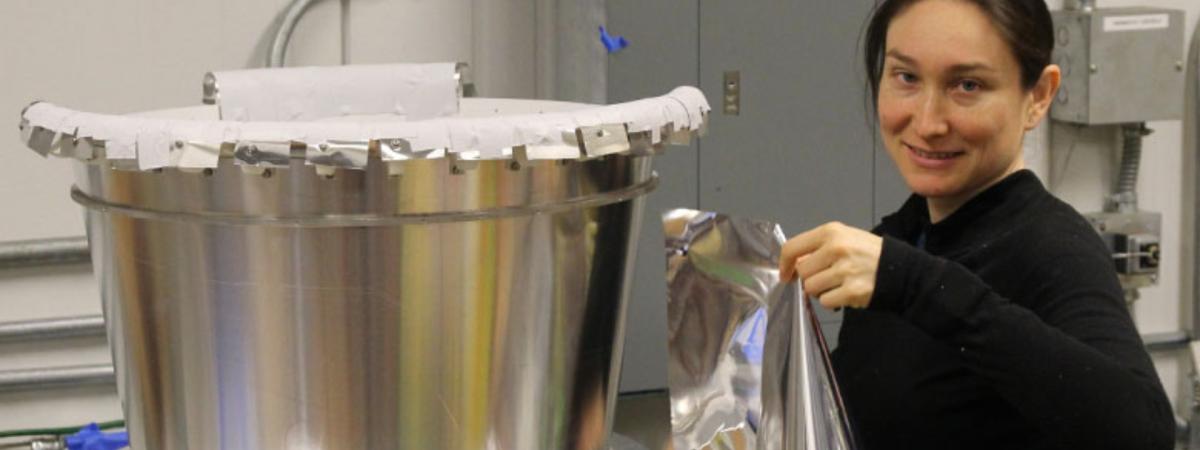
Meet a researcher trying to see the birth of the universe
Johanna Nagy, Warren G. Rupp Assistant Professor of Physics
Area of focus: Cosmology: decoding the secrets of the origin of the universe and how it has changed over time
Johanna Nagy hopes to “see” the birth of the universe by mapping the fossil light that stamped the imprint of its earliest second. She studies the cosmic microwave background (CMB), leftover radiation from the universe’s fiery birth, cooled over billions of years to just above absolute zero.
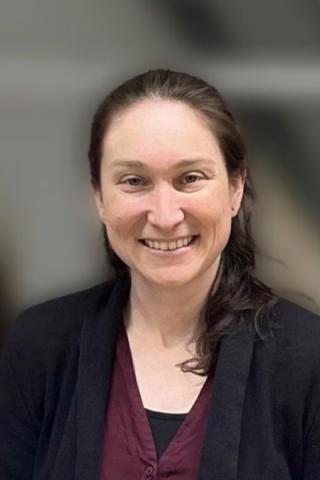
The CMB records the time when protons and neutrons came together to form the first hydrogen atoms, about 380,000 years after the universe’s birth. Tiny variations in the temperature of the CMB correspond to the seeds of what became the large-scale structure of the universe.
These tiny fluctuations grew by gravitational attraction over the next 13.8 billion years, forming clusters and superclusters of galaxies in a cosmic web that can be mapped with optical telescopes.
To see farther back in time, to the first second of the universe’s existence, Nagy and her collaborators are probing the polarization, or twisting, of the light; but the signal is so faint it’s like trying to hear a whisper in a noisy room.
To see the fine details in the CMB, a telescope needs to get above earth’s atmosphere to avoid distortions. Balloon-borne instruments are much faster and less expensive to build and deploy than space-based ones.
While she has worked on several balloon telescopes that have launched from Antarctica, Nagy’s most recent endeavor is a balloon experiment called Taurus, launching in 2028 from New Zealand. Borne by a superpressurized balloon developed by NASA, Taurus will circumnavigate the globe for several weeks.
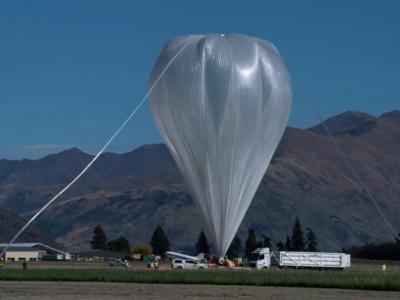
The name is a play on words for “Tau-R-us,” referring to tau, a parameter the researchers hope to measure.
Taurus will be the most sensitive telescope yet launched looking for CMB polarization, which gives much more information than just temperature; like seeing a baby picture of the universe in color rather than black-and-white.
Nagy is making parts of the new telescope that will make it colder—more sensitive—and lighter weight.
“I love the connection with the instrument and knowing all of the parts, it's really satisfying,” Nagy said. “It gives me a deep connection to the science, and it is also really good for graduate students to be able to see how everything comes together.”



